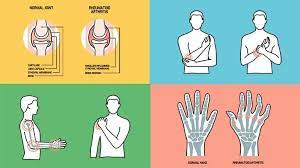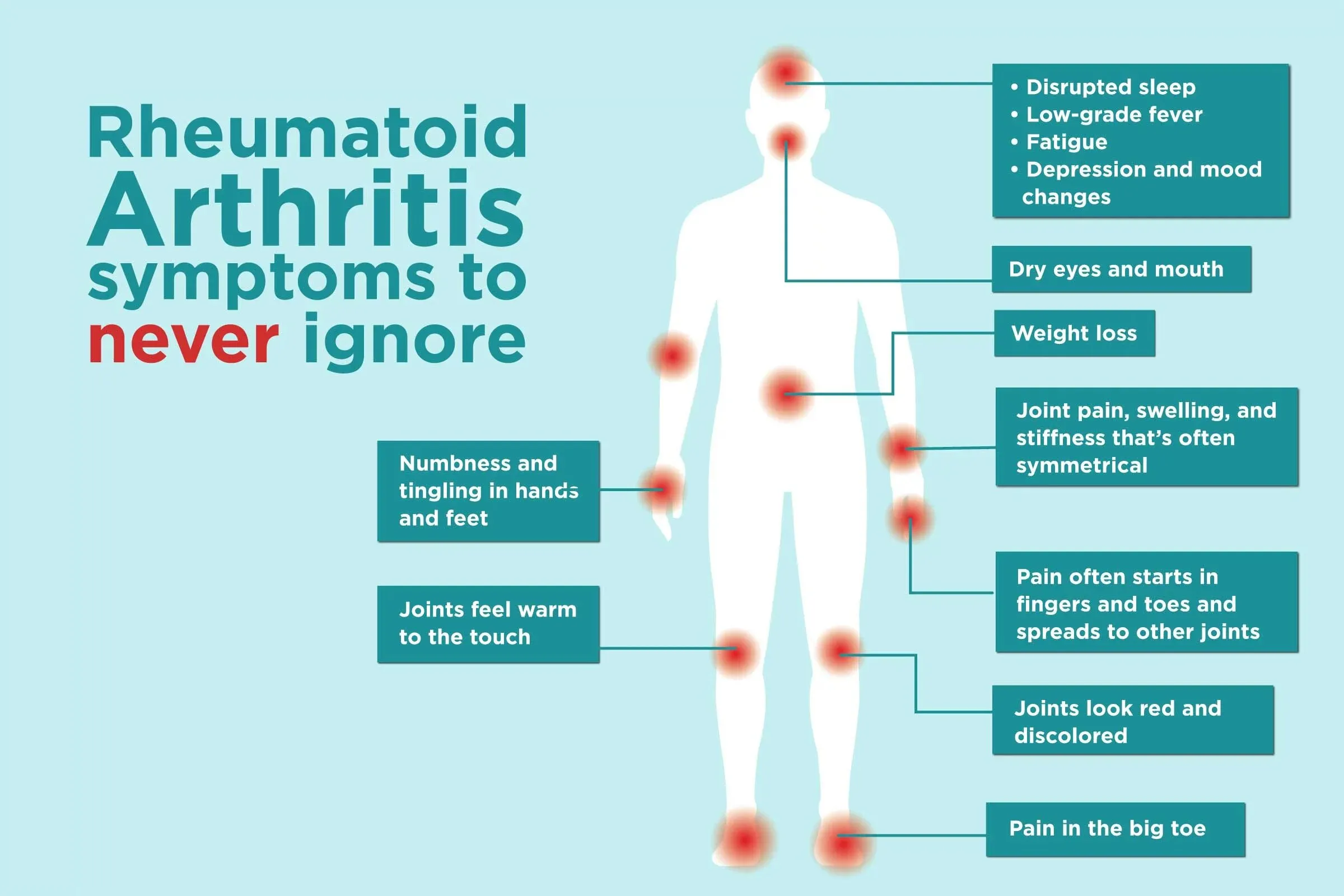Moisturizing your skin is an important part of your skincare routine, as it helps to keep your skin hydrated and healthy. However, commercial moisturizers can be expensive and often contain ingredients that can be harmful to your skin in the long run. Making your own homemade moisturizer is not only cost-effective but also allows you to control the ingredients you use, ensuring that your skin gets the nourishment it needs.
Here are some easy and effective recipes for homemade moisturizers that you can make at home:
- Coconut Oil Moisturizer: Coconut oil is a natural moisturizer that contains antioxidants and fatty acids that are good for your skin. To make this moisturizer, simply melt 1/4 cup of coconut oil in a double boiler or microwave. Once melted, add a few drops of essential oils of your choice, such as lavender or peppermint. Let the mixture cool and solidify, then apply to your skin as needed.
- Aloe Vera Moisturizer: Aloe vera is another natural moisturizer that contains anti-inflammatory properties that can help soothe irritated skin. To make this moisturizer, combine 1/2 cup of aloe vera gel with 1/4 cup of coconut oil and mix well. Add a few drops of essential oils of your choice, such as tea tree or eucalyptus, then transfer the mixture to a jar and store it in the refrigerator. Apply to your skin as needed.
- Shea Butter Moisturizer: Shea butter is a natural moisturizer that contains vitamins A and E, which are good for your skin. To make this moisturizer, melt 1/4 cup of shea butter in a double boiler or microwave. Once melted, add 1/4 cup of coconut oil and 1/4 cup of jojoba oil and mix well. Add a few drops of essential oils of your choice, such as frankincense or myrrh, then transfer the mixture to a jar and store it in a cool, dry place. Apply to your skin as needed.
- Honey Moisturizer: Honey is a natural humectant, which means it helps to attract and retain moisture in your skin. To make this moisturizer, combine 1/4 cup of honey with 1/4 cup of coconut oil and mix well. Add a few drops of essential oils of your choice, such as rose or geranium, then transfer the mixture to a jar and store it in a cool, dry place. Apply to your skin as needed.
- Oatmeal Moisturizer: Oatmeal is a natural exfoliant that can help to remove dead skin cells and promote healthy skin. To make this moisturizer, blend 1/2 cup of rolled oats in a food processor until it becomes a fine powder. Add 1/4 cup of coconut oil and 1/4 cup of jojoba oil and mix well. Add a few drops of essential oils of your choice, such as chamomile or lavender, then transfer the mixture to a jar and store it in a cool, dry place. Apply to your skin as needed.

When making your own homemade moisturizer, it is important to keep in mind that natural ingredients can vary in their effectiveness for different skin types. It’s always a good idea to do a patch test before using a new product, especially if you have sensitive skin. Additionally, be sure to store your homemade moisturizer in a cool, dry place and discard any unused portions after a few weeks to prevent spoilage.
In short, making your own homemade moisturizer is a great way to keep your skin healthy and hydrated without spending a lot of money on commercial.




